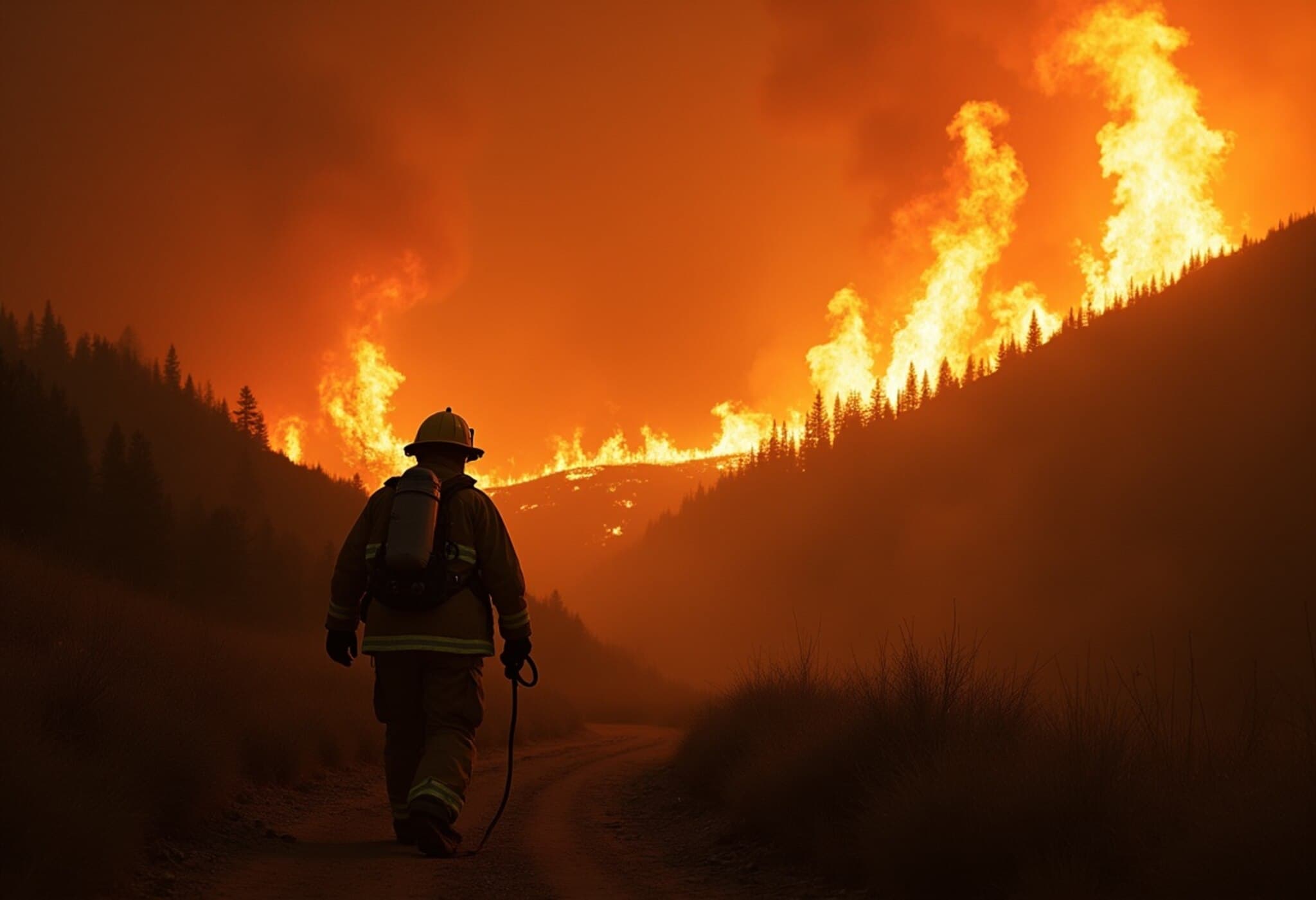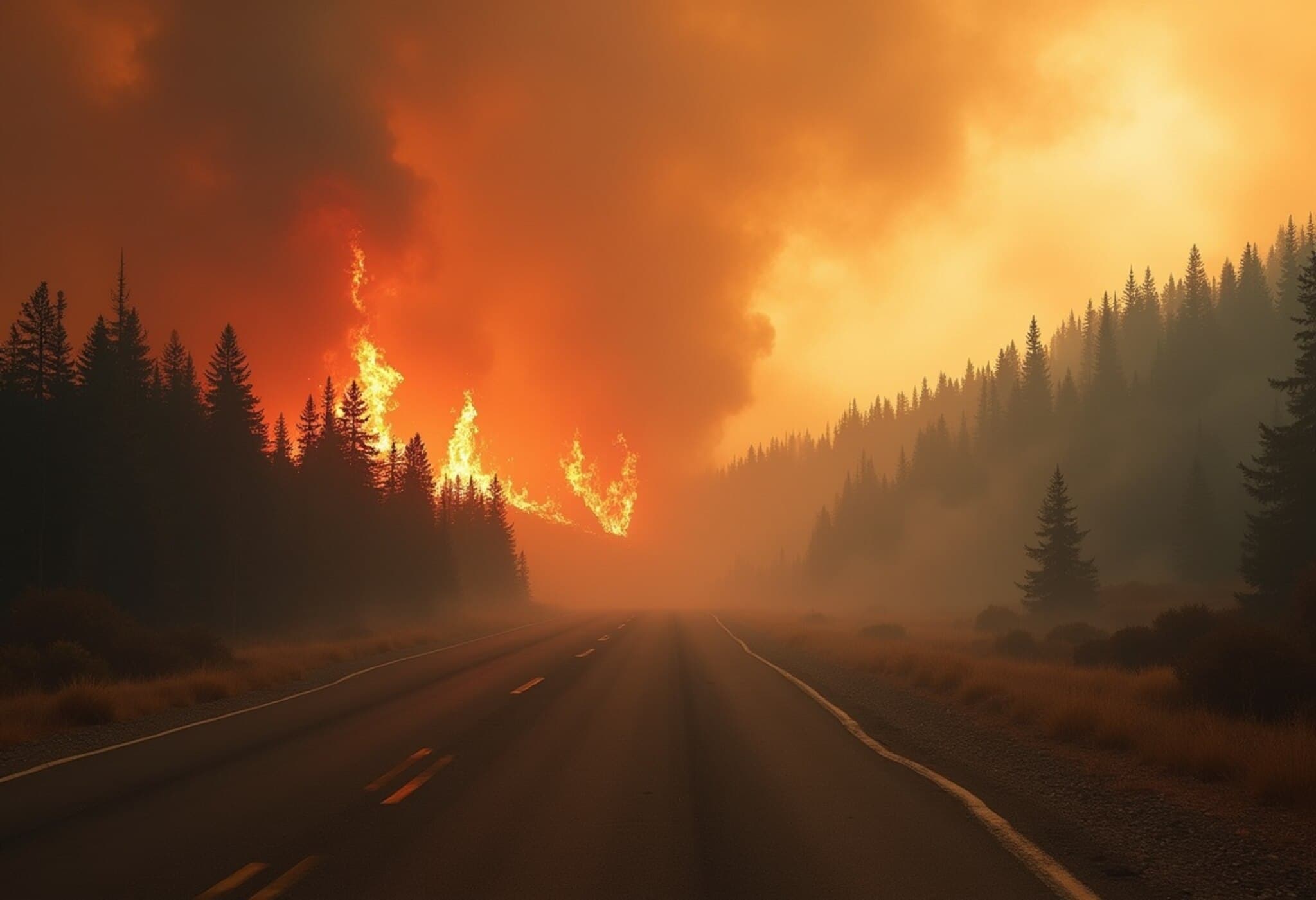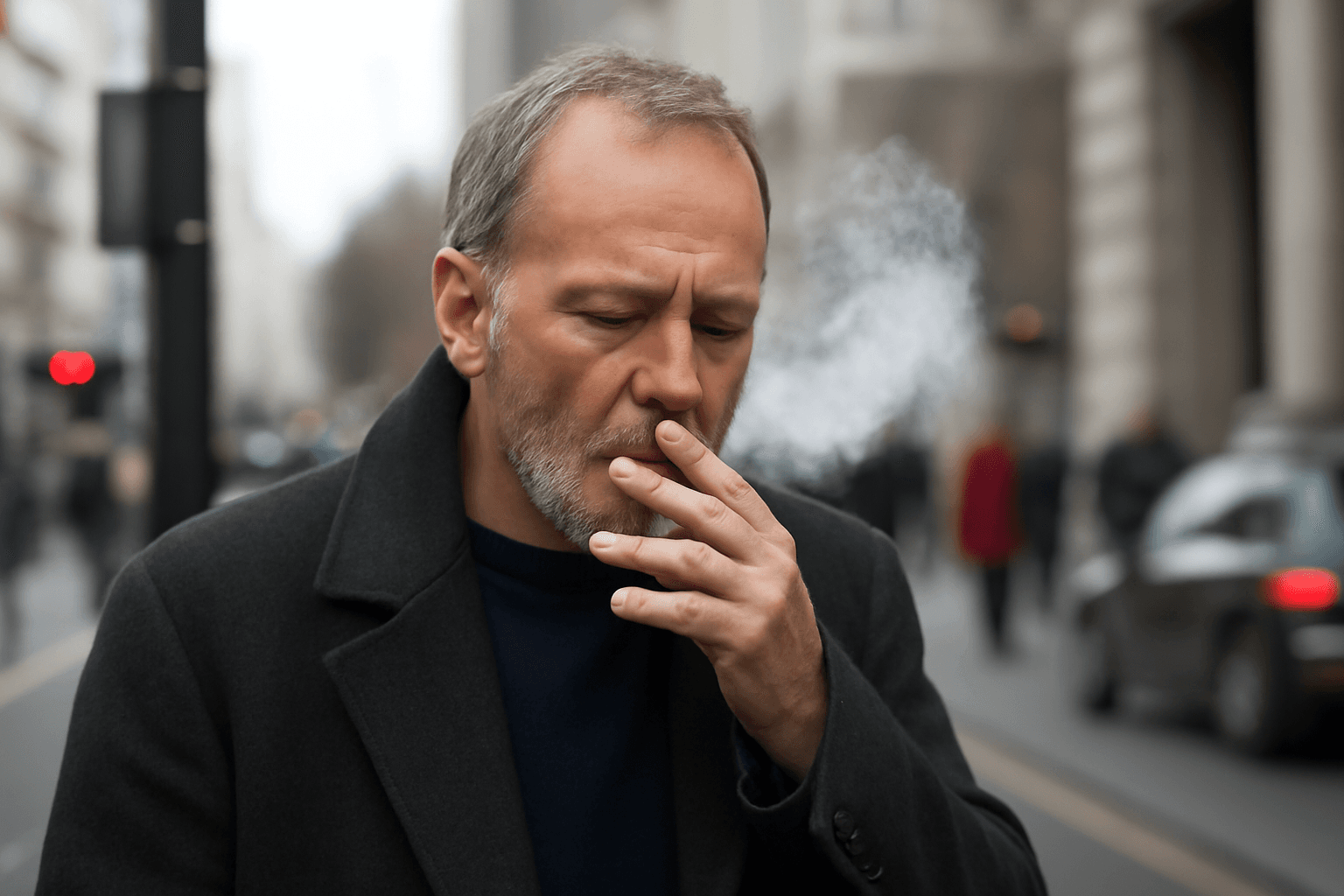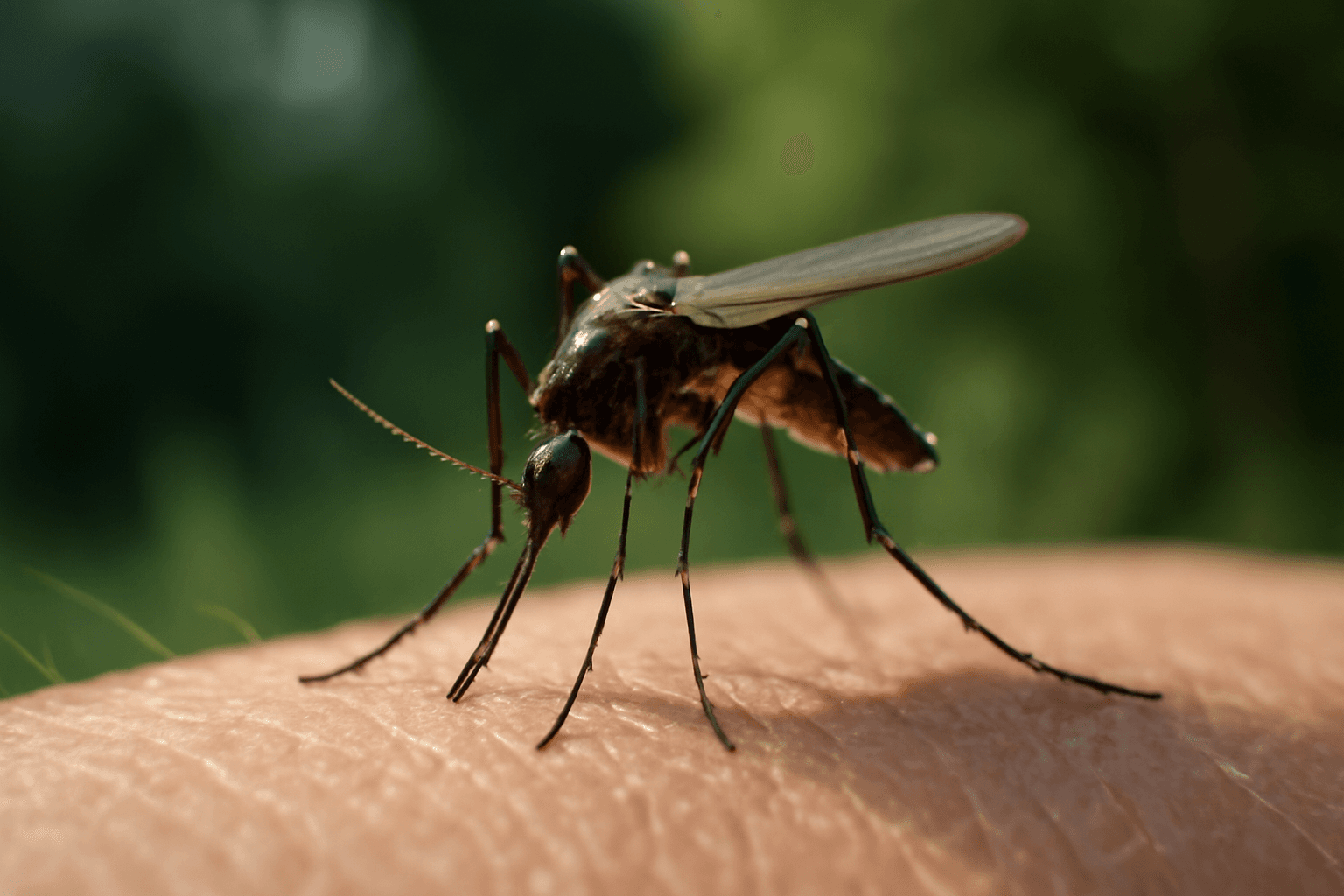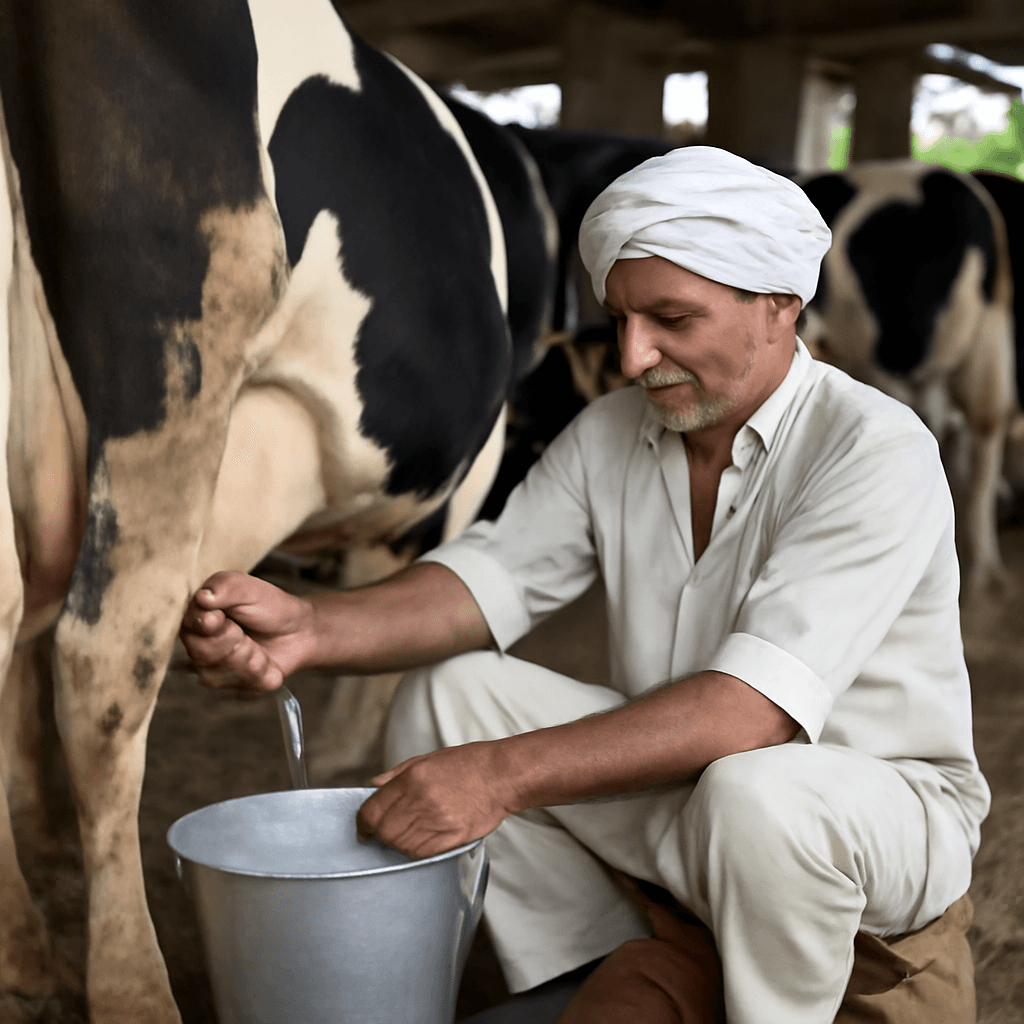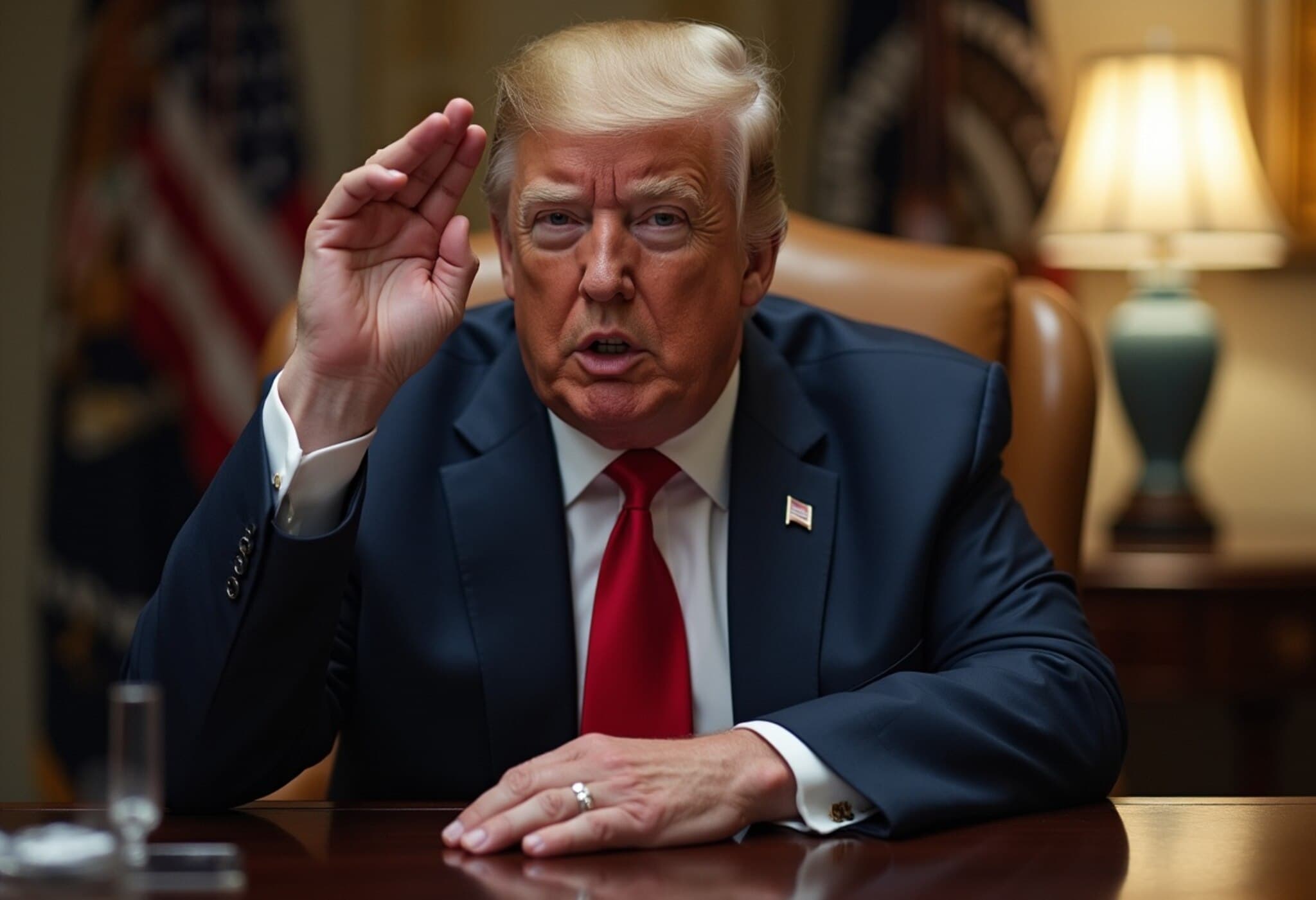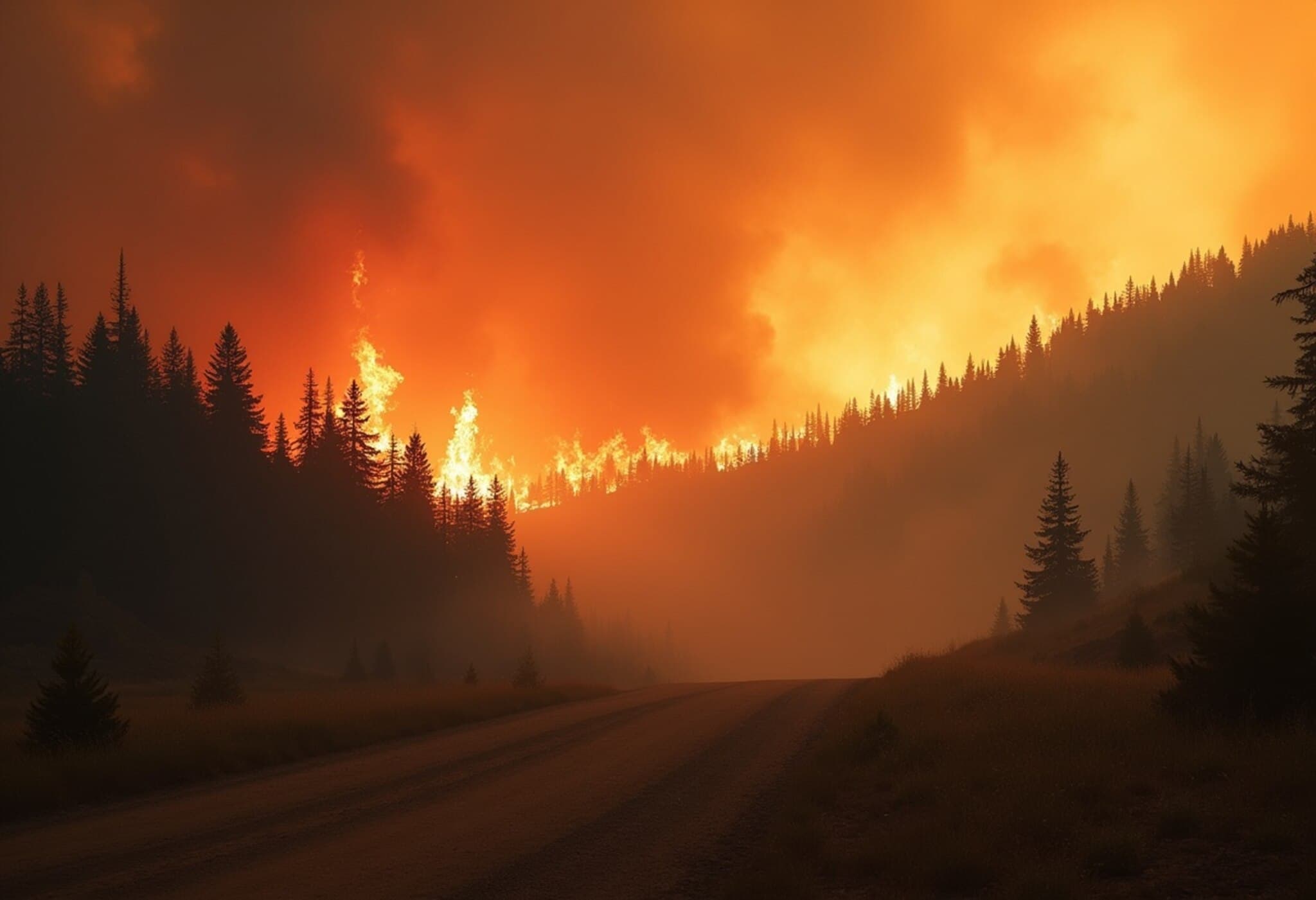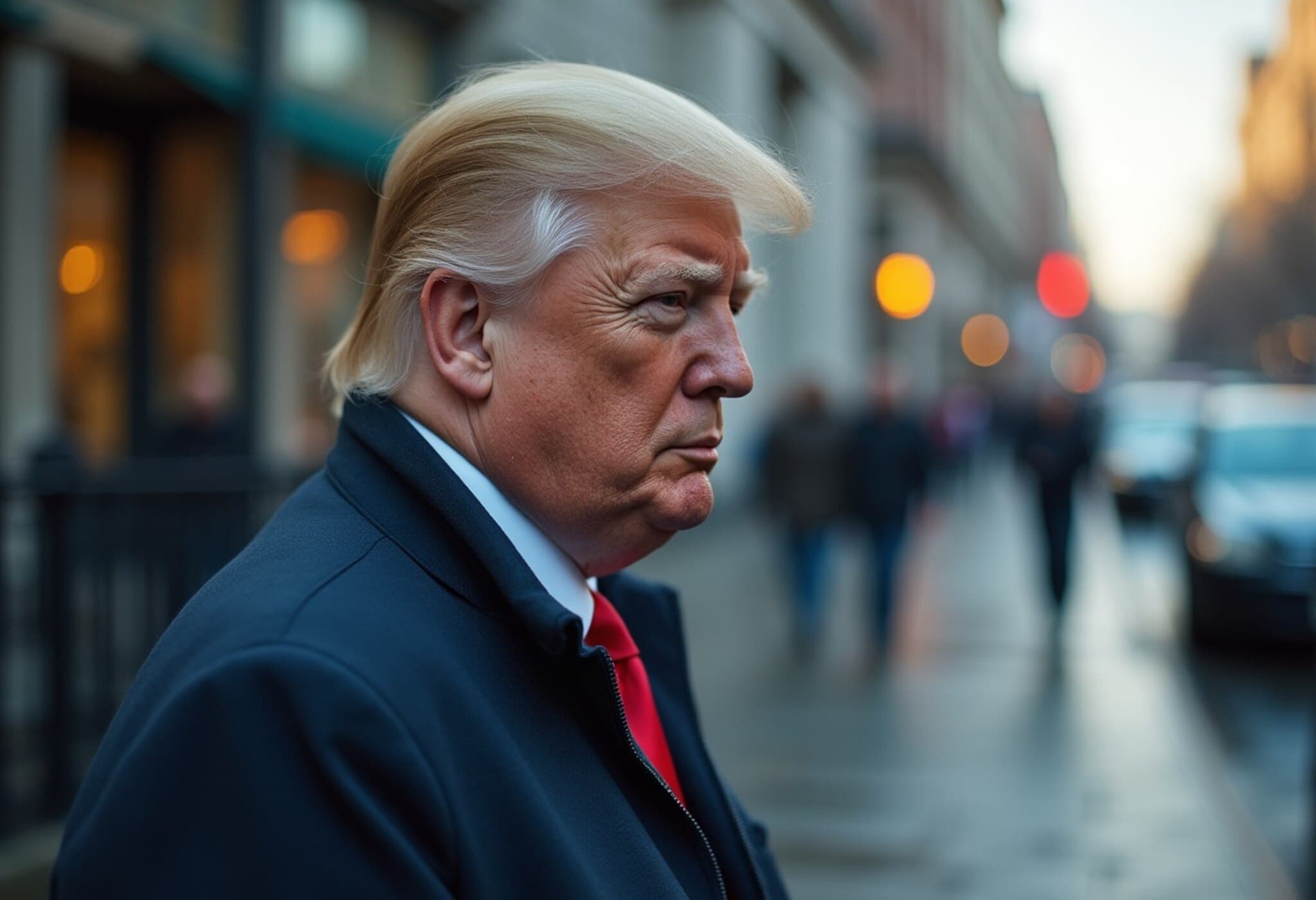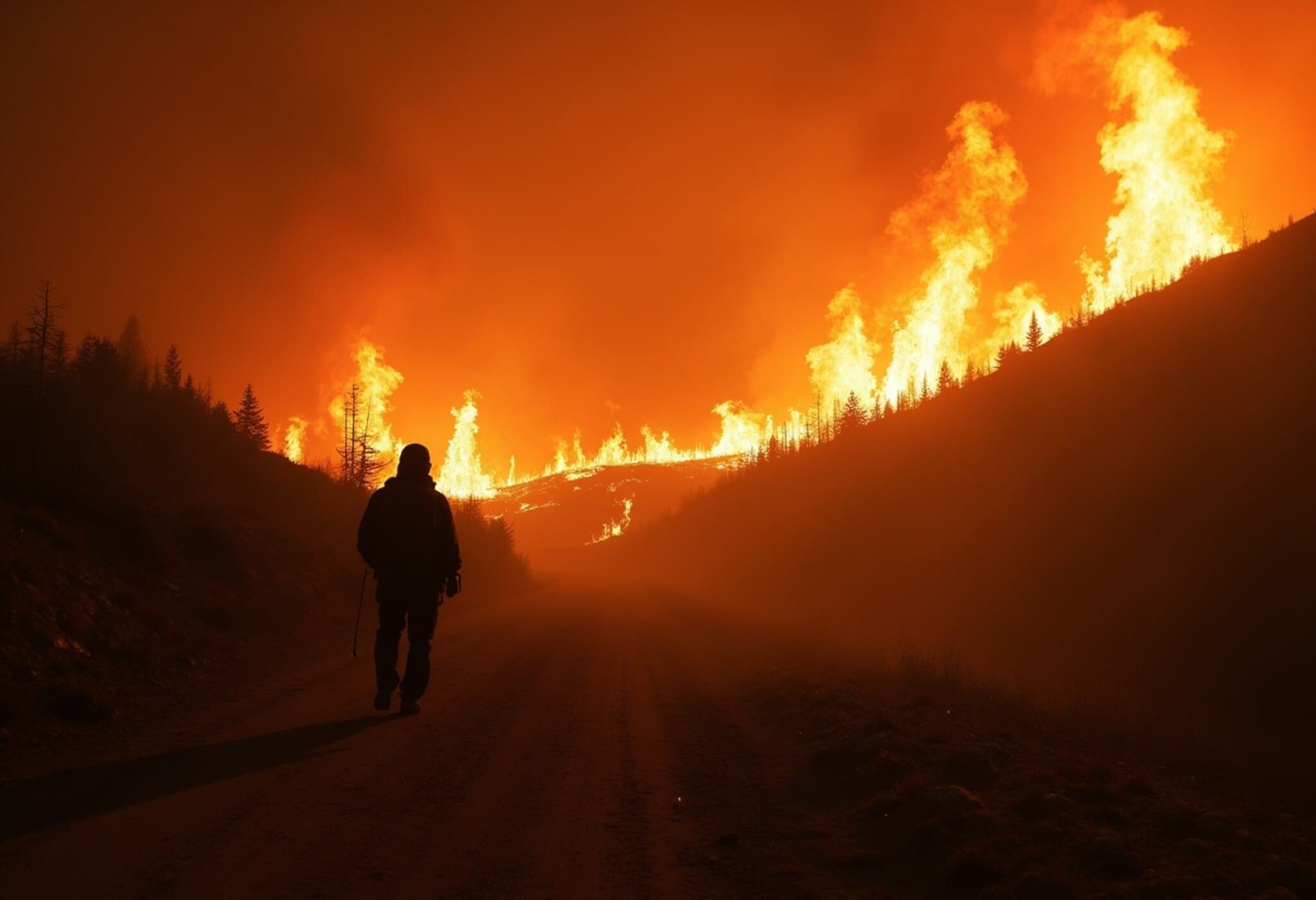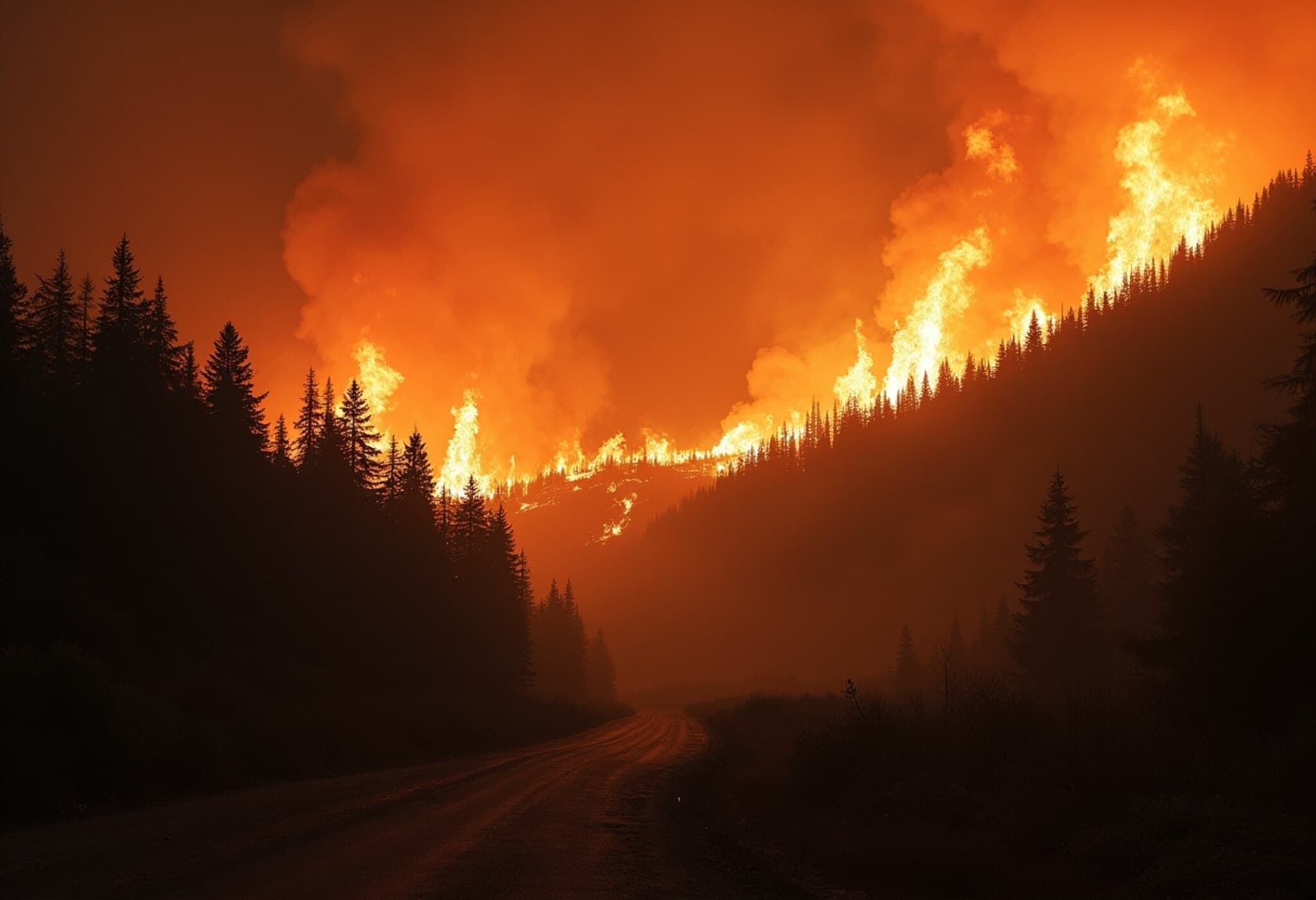US Firefighters Confront Growing Health Hazards as Wildfires Intensify
Across the western United States, wildfires are no longer a seasonal phenomenon but a near year-round crisis, with over 41,000 wildfires recorded in 2025 alone. These relentless blazes have engulfed millions of acres, stretching firefighting resources thin and exposing frontline responders to dangerous toxic smoke.
Health Toll Hidden Behind the Flames
While the heroic efforts of firefighters battling flames capture headlines and public admiration, a troubling and less visible aftermath has unfolded: a surge in severe health issues among these emergency workers. Many young firefighters, some in their 20s and 30s, are now diagnosed with aggressive cancers and debilitating lung diseases. Others endure chronic heart conditions, immune system impairments, and in extreme cases, rely on lung transplants.
One poignant example is a 33-year-old firefighter who once ran six-minute miles but now struggles with heart failure, sidelining him permanently. Another has delayed chemotherapy for non-Hodgkin lymphoma, caught in bureaucratic delays for workers’ compensation. Online communities bear witness to this crisis, with fundraisers often followed by tragic obituaries for firefighters succumbing at alarmingly young ages.
Why Wildfire Smoke Is Far More Dangerous Than It Looks
Wildfire smoke is not simply a cloud of ash. It contains a cocktail of at least 31 known carcinogens, including hazardous chemicals released when burning homes, vehicles, and plastics. Fine particulate matter permeates deep into the lungs and enters the bloodstream, damaging organs and contributing to cardiovascular disease and respiratory illnesses, as established by studies from the Centers for Disease Control and Prevention.
Inadequate Protective Measures and Institutional Resistance
Despite these known health risks, US wildland firefighters often face blazing infernos without adequate respiratory protection. Unlike their counterparts in Canada and Australia, they frequently receive no respirators — sometimes just bandannas — when exposed to toxic smoke. Internal documents from the Forest Service reveal long-standing resistance to providing respirators, citing concerns about decreased work performance, cultural resistance among crews, and cost.
This reluctance is increasingly criticized by experts and firefighters alike. Internationally, respirator use among wildfire crews does not correlate with increased heat illnesses; instead, firefighters simply adjust usage when overheating. Within the US, fears of disrupting entrenched work cultures and expanding medical liabilities seem to have outweighed firefighter safety.
Climate Policy Under Trump: A Setback for Firefighter Safety and Wildfire Mitigation
The deteriorating situation is inseparable from broader policy challenges. Former President Donald Trump's persistent denial of climate science and rollback of over 100 environmental protections significantly impacted wildfire severity and firefighter safety. His administration withdrew the US from the Paris Agreement and relaxed regulations on emissions, drilling, and vehicle standards — all contributing factors to escalating wildfire risks.
Moreover, critical public health research for firefighters suffered cuts during the Trump years. Programs at the National Institute for Occupational Safety and Health (NIOSH) investigating cancer incidence, chemical exposures, and protective equipment effectiveness were downsized or halted. Paradoxically, while Trump lauded firefighters as heroes, his policies dismantled crucial protections designed to safeguard their health.
The Cultural Barrier: A Firefighting Ethos That Complicates Safety
The challenge is not only political but cultural. A traditional “toughness” mindset pervades many firefighting communities, discouraging the use of protective gear and accepting health risks as part of the job. This attitude has historical precedent; urban firefighters in the 1970s resisted respirators until federal mandates reversed course, resulting in reduced cancer rates.
Looking Ahead: Bridging Policy, Culture, and Protection
The ongoing wildfire crisis and its human cost underscore the urgent need to align climate policy, firefighter safety protocols, and cultural change. As wildfire seasons grow longer and more severe under climate change, failure to equip and protect those on the frontlines will continue to result in tragic consequences.
Transparent recognition of the risks, investment in respiratory protection, and robust health monitoring are critical. Without these, the men and women risking their lives to protect communities remain vulnerable, forsaken amid the smoke and silence.
Editor's Note
Amid America's escalating wildfire emergencies lies a silent, human tragedy — the chronic health harm to firefighters left exposed to toxic smoke without adequate safeguards. This crisis exemplifies how environmental denial and institutional inertia deepen harm to frontline workers. As policymakers confront climate realities, addressing firefighter health must move from rhetoric to urgent action, bridging gaps in culture, equipment, and research funding. Readers are encouraged to consider how climate policy directly affects human lives and public safety on the ground.

